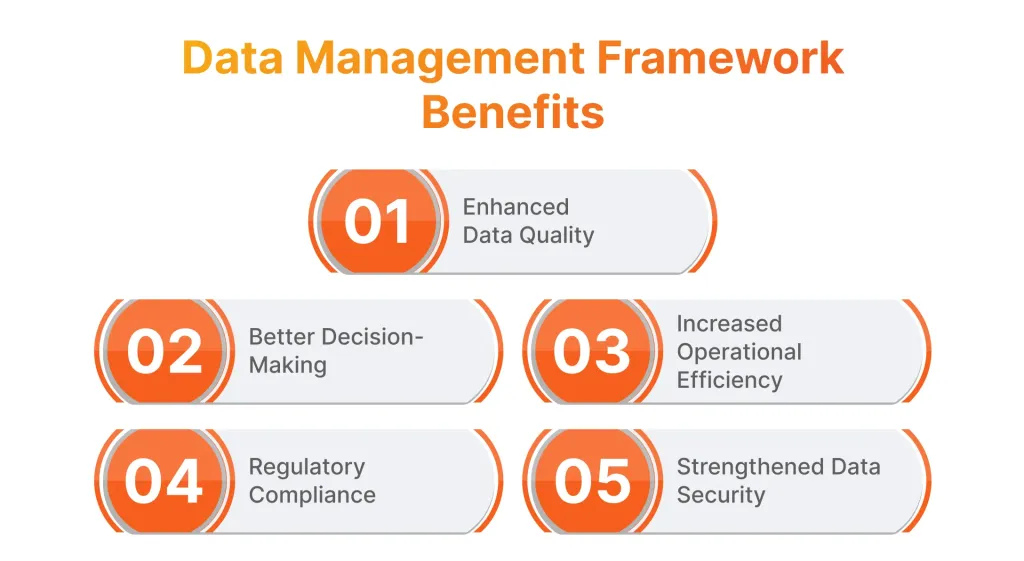Scientific Data Management System: Enhancing Research Efficiency and Data Integrity
Introduction
Scientific research generates vast amounts of data from experiments, simulations, and observations. Managing this data effectively is crucial for ensuring accuracy, reproducibility, and compliance with regulatory standards. A Scientific Data Management System (SDMS) provides a structured approach to storing, organizing, and retrieving scientific data, enabling researchers to streamline workflows and maximize productivity.
What is a Scientific Data Management System (SDMS)?
A Scientific Data Management System (SDMS) is a software platform designed to capture, store, organize, and manage scientific data across different research domains. It serves as a centralized repository that ensures data consistency, security, and accessibility for scientists and researchers.
Key Components of an SDMS:
- Data Storage & Archiving – Secure storage of raw, processed, and analyzed scientific data.
- Metadata Management – Systematic labeling and categorization of data for easy retrieval.
- Data Integration – Connectivity with laboratory instruments, databases, and external data sources.
- Access Control & Security – User authentication and role-based access for data protection.
- Version Control & Audit Trails – Tracking changes and maintaining data integrity.
- Collaboration & Sharing – Enabling researchers to share and collaborate on datasets.
Why is an SDMS Important?
1. Ensures Data Integrity and Reproducibility
Scientific discoveries depend on accurate and repeatable data. An SDMS ensures that all data is stored securely, preventing loss or manipulation.
2. Enhances Research Efficiency
By automating data capture and organization, an SDMS reduces the time spent on data management tasks, allowing researchers to focus on analysis and discovery.
3. Facilitates Compliance with Regulatory Standards
Industries such as pharmaceuticals, healthcare, and environmental science require strict data compliance (e.g., FDA 21 CFR Part 11, GDPR). An SDMS helps maintain records and audit trails for regulatory adherence.
4. Supports Big Data and Advanced Analytics
Modern research involves large datasets from various sources, including IoT devices, genomic sequencing, and climate monitoring. An SDMS provides the computational infrastructure to manage and analyze big data effectively.
5. Promotes Collaboration and Data Sharing
Scientific research is increasingly collaborative, often involving multiple institutions and global teams. An SDMS ensures seamless data sharing while maintaining security and access controls.
Best Practices for Implementing an SDMS
1. Define Data Management Policies
Establish clear guidelines for data collection, storage, access, and retention to ensure consistency and compliance.
2. Choose the Right SDMS Solution
Select an SDMS that aligns with your research needs. Popular solutions include:
- LabArchives SDMS
- Thermo Fisher Scientific SDMS
- Waters Empower SDMS
- Agilent OpenLAB
3. Integrate with Laboratory Information Management Systems (LIMS)
An SDMS should work seamlessly with LIMS, Electronic Lab Notebooks (ELN), and other research tools to ensure smooth data flow and interoperability.
4. Implement Strong Security Measures
Data security is crucial in research environments. Use encryption, authentication protocols, and access controls to safeguard sensitive data.
5. Regularly Backup and Validate Data
Establish automatic backups and conduct periodic data validation checks to prevent data loss and ensure accuracy.
Conclusion
A Scientific Data Management System (SDMS) is essential for modern research institutions and industries that rely on scientific data. By implementing an SDMS, organizations can improve data integrity, streamline workflows, enhance collaboration, and ensure regulatory compliance.
At i4Integrated Services, we provide cutting-edge SDMS solutions to help researchers and businesses manage their scientific data efficiently. Contact us today to learn how we can support your data management needs!


